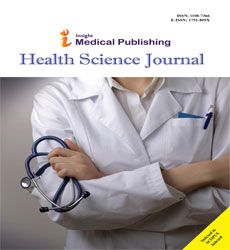Abstract
Human Serum Albumin (HSA) and Its Applications as a Drug Delivery Vehicle
The human serum albumin (HSA) is produced in the hepatocytes of human livers and is the most abundant protein in blood. HSA consists of one N-terminus, one C-terminus and three homologous domains, each of which has two helical subdomains. HSA enjoys advantages such as long half-life, repeated recycling, and specific accumulation. HSA has several binding pockets where various ligands such as fatty acids, ions can bind to, providing drugs the option for non-covalent binding sites. Meanwhile, two terminal ends of albumin and certain amino acid residues provide more choices for drug targeting. The free amino acid cysteine at the position 34 (Cys34) is located on the surface of albumin and provides a unique thiol group for drugs of interest to be covalently coupled with. The two terminal ends of albumin can be fused with peptides or proteins of interest by molecular recombinant technology. Importantly, HSA can retain its binding affinity in albumin-FcRn interactions after being covalently or non-covalently coupled with various drugs. HSA can also extend the half-life of drugs, reduce renal clearance of drugs and help accumulate drugs in specific tumor tissues. HSA provides a promising opportunity for delivering established medications in a new way.
Author(s):
Shilei Wang, Shuo Liu, Yichi Zhang, Jun He, David H Coy and Lichun Sun
Abstract | Full-Text | PDF
Share this

Abstracted/Indexed in
- Google Scholar
- Genamics JournalSeek
- China National Knowledge Infrastructure (CNKI)
- CiteFactor
- CINAHL Complete
- Scimago
- Electronic Journals Library
- Directory of Research Journal Indexing (DRJI)
- EMCare
- WorldCat
- University Grants Commission
- Geneva Foundation for Medical Education and Research
- Secret Search Engine Labs
- Euro Pub
Open Access Journals
- Aquaculture & Veterinary Science
- Chemistry & Chemical Sciences
- Clinical Sciences
- Engineering
- General Science
- Genetics & Molecular Biology
- Health Care & Nursing
- Immunology & Microbiology
- Materials Science
- Mathematics & Physics
- Medical Sciences
- Neurology & Psychiatry
- Oncology & Cancer Science
- Pharmaceutical Sciences

